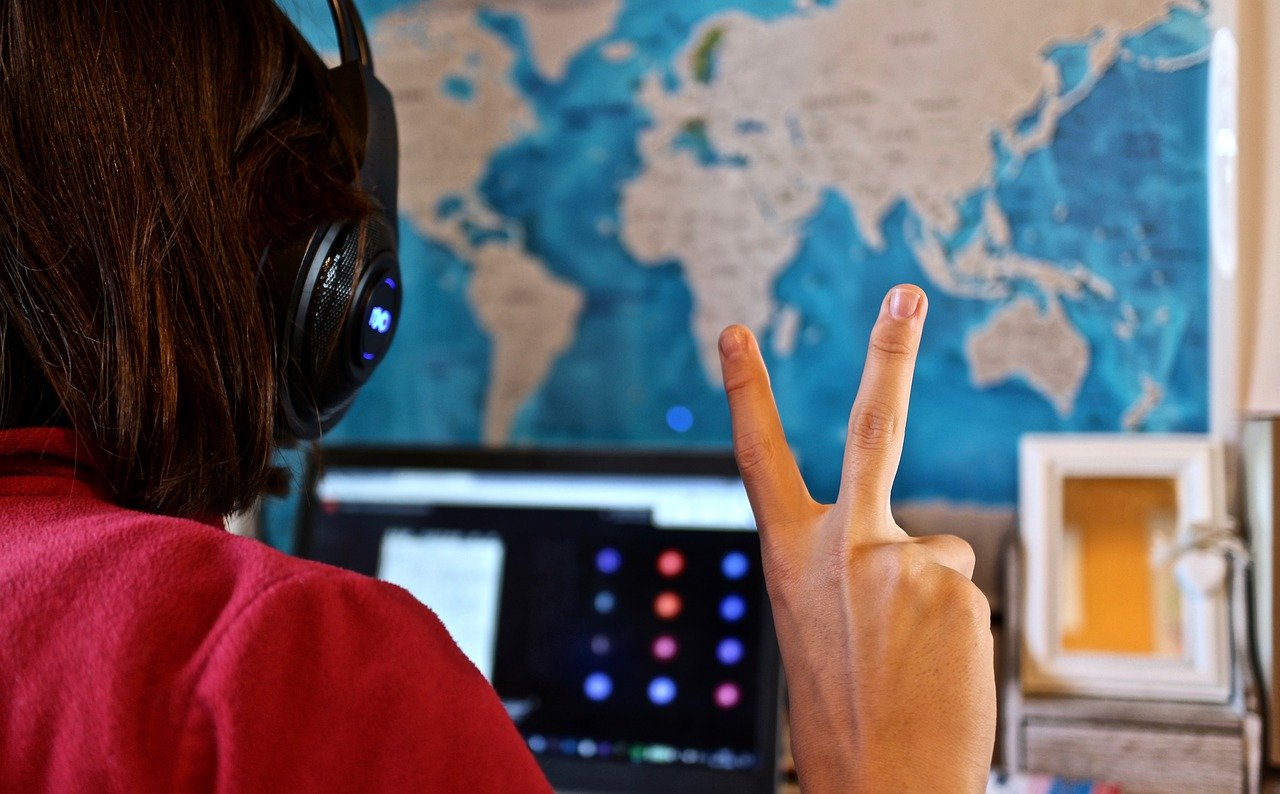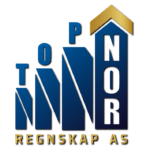- During the pandemic, the school and teachers made every effort to provide each student with a good education by using technology and facilitating infrastructure. The ambition for the future is to build digital competences in the learning community by further developing good digital solutions, says Hege Nilssen, director of the Education Directorate.
The use of technology in Norwegian classrooms has increased significantly in recent years and various practices have been applied.
The new analyzes of the Education Directorate show, inter alia, that:
- 3 in 4 school principals have experienced that the digital infrastructure is of sufficient quality to carry out a wide range of digital learning.
- In the aftermath of the pandemic, the conditions for digital learning, whether at school or when students are at home, are relatively good.
- More and more students have access to the digital device they have received from school.
- There are big differences in approach teachers and schools' approach for pedagogical use *IKT.
- The level of competence of both teachers and students increased in a short time.
- More than half of school owners say that strengthening teachers' digital professional competences is a priority.
- Students and teachers have good access to digital devices.
- Digital educational resources take priority over traditional books to some extent.
- Both the pandemic and the new curriculum have strengthened pedagogical work in the use of ICT in schools.
* IKT plays a clearer role in the school through the curricula
Society changes with new technology, new knowledge and new challenges. It also places demands on the school of the future.
- We have renewed the curricula. Technology, programming and algorithmic thinking have entered the curriculum, and digital skills are more clearly expressed as competence goals, says Nilssen.
The new curricula provide training that is practical, varied and relevant, with varied and changed forms of assessment.
- Active learners who have a real impact, participation and shared responsibility in the learning community are the basis of the new curricula. Students will develop co-decision and being heard. Technology is both a tool for achieving professional ambitions and an area of expertise that will be developed, explains Nilssen.
* IKT is an acronym for information and communication technology
Source: Utdanningsdirektoratet
Read our next article: Childhood memories have become beautiful holiday postage stamps



